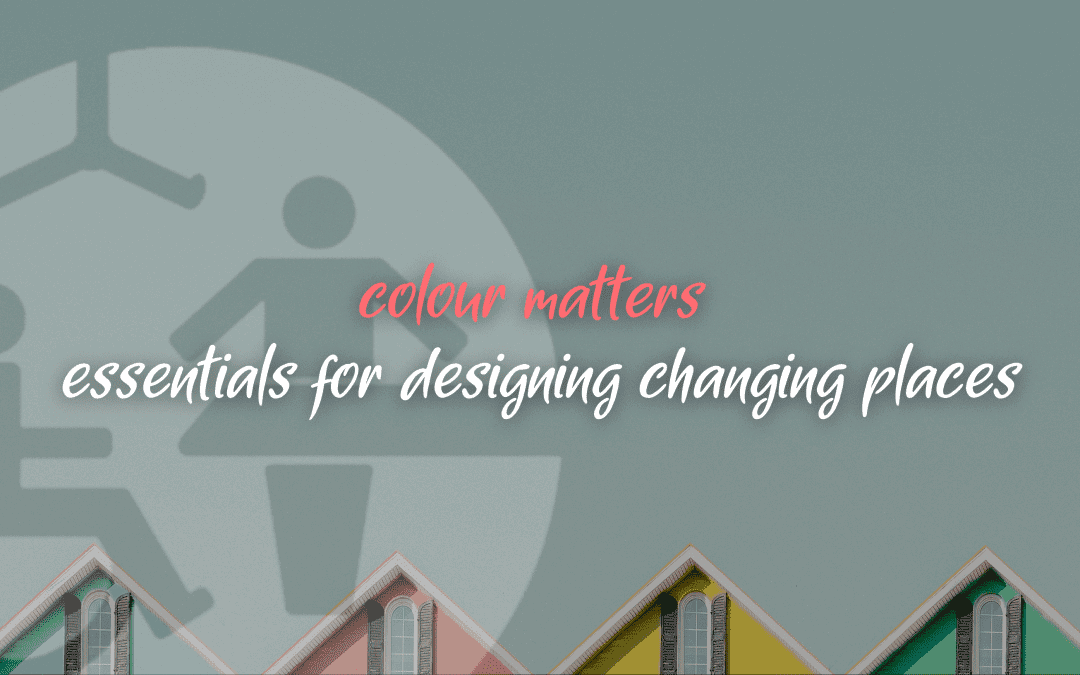It’s crucial to acknowledge the diverse range of disabilities that users of Changing Places toilets may have. From physical impairments to sensory sensitivities, each individual’s needs must be considered when designing these spaces. Colour can play a pivotal role in addressing these needs by providing visual cues, enhancing wayfinding, and fostering a welcoming atmosphere. Here are a few things to consider when designing your Changing Places Toilet:
one. colour contrast
For individuals with visual impairments, high colour contrast can aid navigation and identification of key elements within the restroom, such as grab bars, door handles, and signage.
Bold colours like blue or red against neutral backgrounds can draw attention to important features, making them easier to perceive for those with limited vision.
two. mood enhancement
Conversely, harsh or jarring colour schemes may provoke anxiety or discomfort, particularly for individuals with sensory processing disorders or autism spectrum disorders.
three. psychological benefits
Light, neutral tones such as white or pastels can create an impression of cleanliness and sterility, instilling confidence in the restroom’s hygiene standards. Incorporating antibacterial coatings or materials can further enhance this perception, promoting a sense of safety and well-being among users.
four. differentiating zones
For example, using a distinct colour palette for the toilet area versus the sink and changing station areas can help users orient themselves more easily, especially for those with cognitive or memory impairments.
five. branding your changing places
Artwork, murals, or decorative accents inspired by local traditions or themes can create a sense of belonging and pride among users, fostering a more meaningful connection to the space.
six. hewi
Their innovative products and expertise in colour psychology have played a crucial role in creating environments that prioritise both accessibility and aesthetics.
Ultimately, the thoughtful application of colour in Changing Places toilets can enhance accessibility, comfort, and dignity for individuals with disabilities. By considering the unique needs and preferences of diverse user groups, designers and architects can create inclusive environments that promote independence, confidence, and well-being for all.
In conclusion, colour is not merely a decorative element but a powerful tool for enhancing the accessibility and inclusivity of Changing Places toilets. From aiding navigation and wayfinding to promoting emotional well-being and hygiene perceptions, the strategic use of colour can transform these spaces into welcoming and empowering environments for individuals of all abilities.








